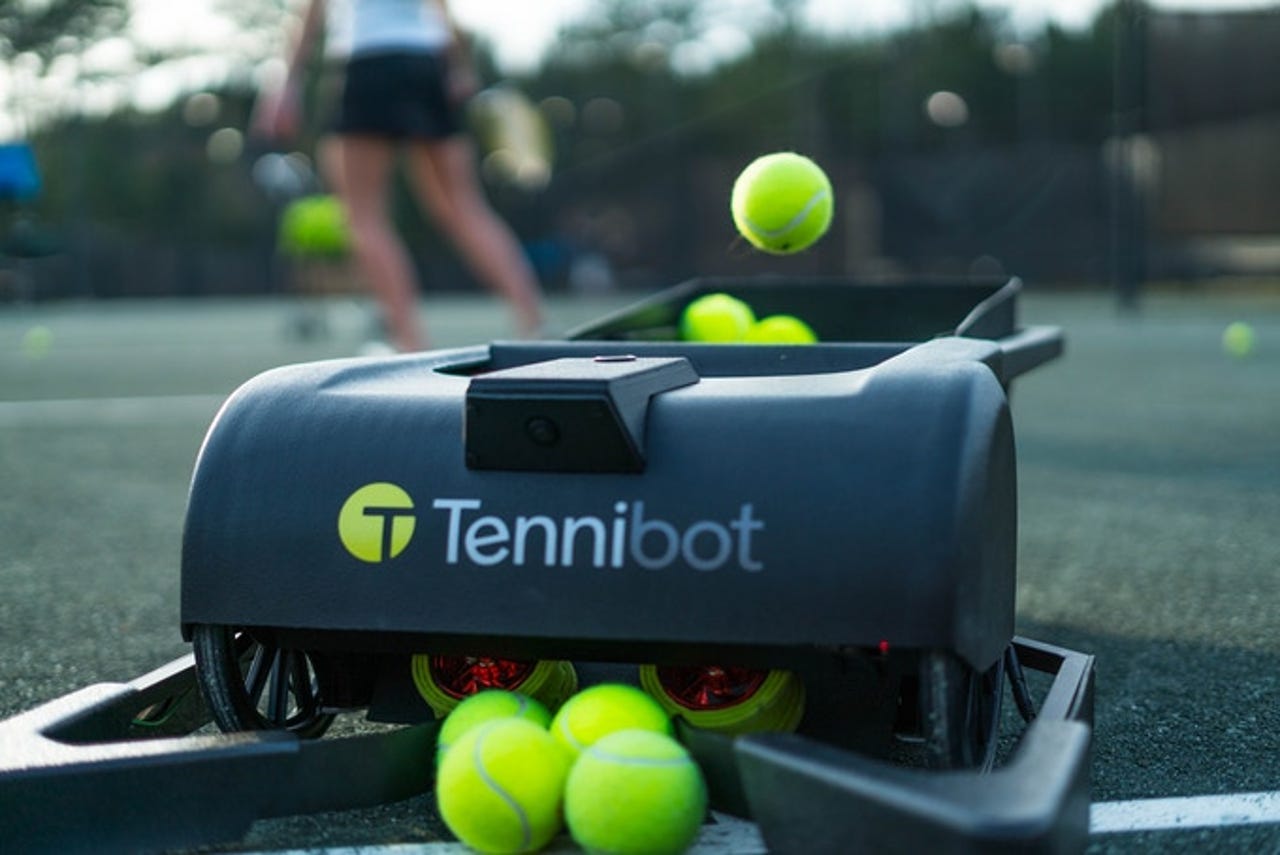A tennis ball retriever powered by Ubuntu


A couple years back, Haitham Eletrabi, CEO of startup Tennibot, was practicing his backhand against a ball machine when he came to a frustrating realization: He was spending far more time cleaning up balls than hitting them.
His solution, Tennibot, is a Roomba-inspired robot that scours the court targeting balls for autonomous pickup.
It's a quirky application of autonomous mobility, but what caught my eye was the speed of development. In just a couple years the Tennibot team has gone through multiple prototypes and software builds to arrive at a product they plan to ship in January 2019.
A host of recent breakthroughs account for that accelerated development cycle, which has become the norm in robotics. Rapid prototyping, single board computers, and plummeting sensor prices are just a few.
But nothing has had more impact on the creation of robots in the past decade than open source operating systems and middleware.
Tennibot is a great example.
"To develop an advanced robot like Tennibot, which equips state-of-the-art perception and sophisticated planning algorithms, a versatile operating system that allows a short prototype-testing cycle is very important," writes Sarah Dickinson in the Ubuntu blog.
Tennibot has some pretty hefty route planning and perception capabilities. The team first built their robot using Arduino and then Raspberry Pi boards, but quickly scaled up to a beefier board, which is when Ubuntu became the clear choice for Tennibot's OS.
"We needed something that was both light and compatible with libraries and existing software," Lincoln Wang, Tennibot's CTO, told the Ubuntu community in a recent post. "Given the geographical spread of where the Tennibot would end up, our final choice needed to have remote upgrading capability too. And of course, both for ourselves plus our users who are not tech savvy, it needed to be solidly tested and stable."
Ubuntu also integrates with the Robot Operating System (ROS), an open source middleware that's become the most widely used framework in the field.
After adopting Ubuntu and getting used to its quirks, the Tennibot technology team finished development in just three months.
"Ubuntu's potential for customization makes it very easy to be integrated into embedded hardware," according to Wang. "The advantages of using Ubuntu improved the efficiency of our product development significantly."
Tennibot is wrapping up a Kickstarter campaign in the next few days with a goal of achieving necessary minimum orders from their suppliers. The founders have already surpassed their funding goal, and the first robots should ship in January.
That's the pace of robotics development these days. Long live open source.